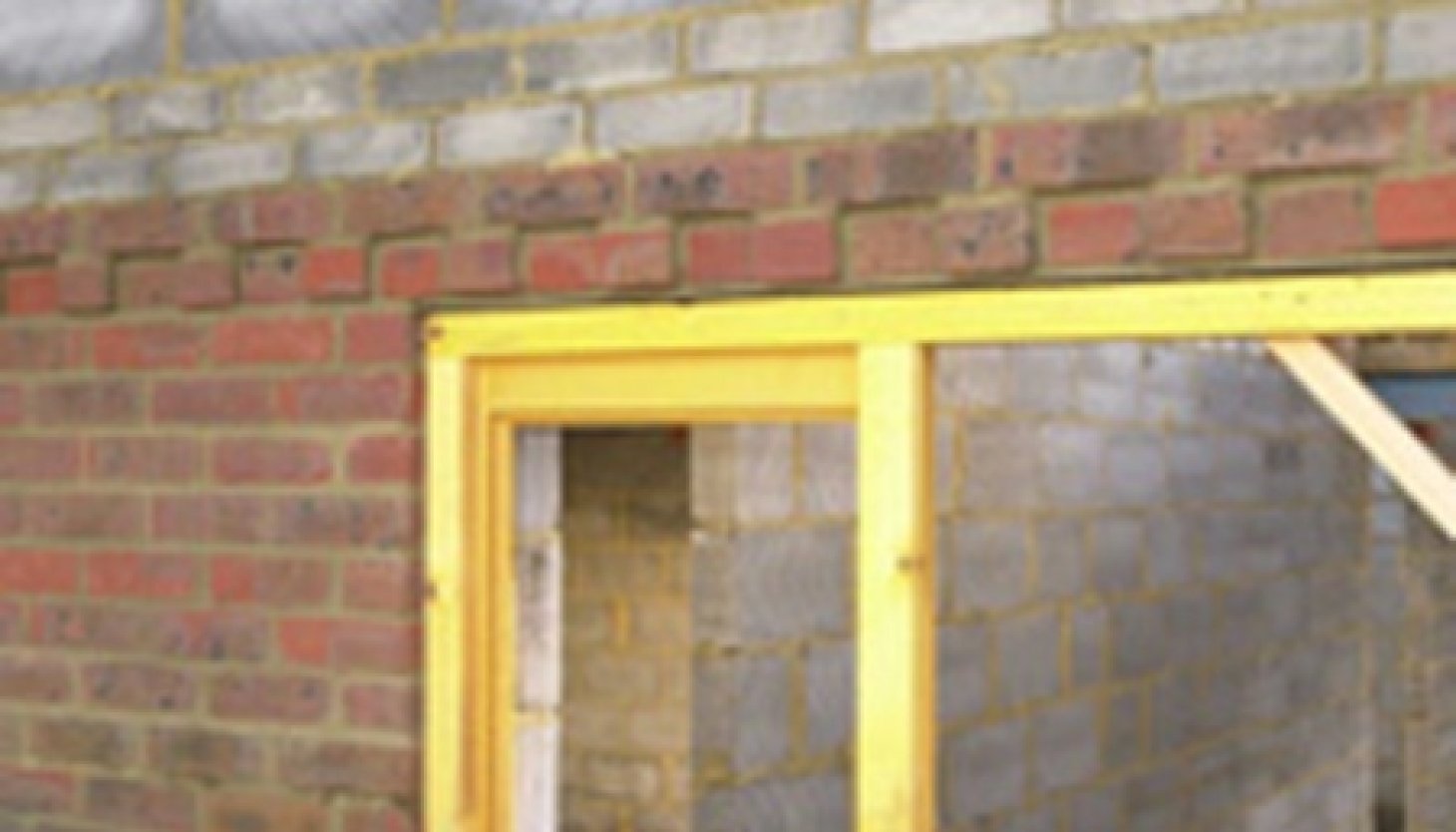
The issue of linear thermal bridging is hugely significant. As U-values get even lower heat loss from junctions can now account for as much as 40% of the heat lost through the fabric.
The spotlight was turned on this issue in the 2010 revision as designers are required to include individual heat loss calculations for all junctions including those at the party wall edges. The resulting additional heat loss value has a significant impact on the overall energy conservation and carbon emissions.
Under the previous, 2006 regulations, heat losses at thermal bridges were calculated by applying a global “y” value, which was taken a 0.08 where Accredited Construction Details were adopted or 0.04 if Enhanced Construction Details (with enhanced insulation at junctions) were used.
However, because aircrete conducts much less heat than other forms of masonry products, a y-value of 0.04 for junctions can be assumed when using SAP 2009, based on using aircrete with standard Accredited Construction Details rather than the more expensive Enhanced option.
This low y-value was a significant factor in the specification of the masonry walls in a project undertaken for Ashford Borough Council. The 44 dwellings completed in this project were built to Code Level 4 of the Code for Sustainable Homes.
To achieve this rating, the construction elements needed a high level of thermal insulation. The Rå Build method using the H+H Thin Joint masonry system was specified using Jumbo Bloks. Fully filled cavities were combined with either aircrete block or brick outer leaves.
In designing the wall structure, the use of aircrete’s very low psi values, based on Accredited Construction Details, allowed a y-value of 0.04 without the need to resort to Enhanced Construction Details, which require significant changes in design.
High performance full-fill cavity wall insulation manufactured by Superglass was used in the 125mm cavity. The structural width of the whole cavity wall was no more than 325mm with a U-value of 0.19W/m2K using two Thin Jointed leaves of 3.6N/mm2 aircrete. However, taking into account the 0.04 reduction in the y-value meant that the walls effectively provided an equivalent U-value of 0.15W/m2K.
Further tightening of the thermal insulation requirements is very likely in future revisions to Part L as we head towards low carbon buildings and linear and thermal bridging will remain a very significant factor in the calculation of the U-value for walls, with aircrete able to demonstrate its contribution to achieving significant thermal efficiency in the fabric of the building.